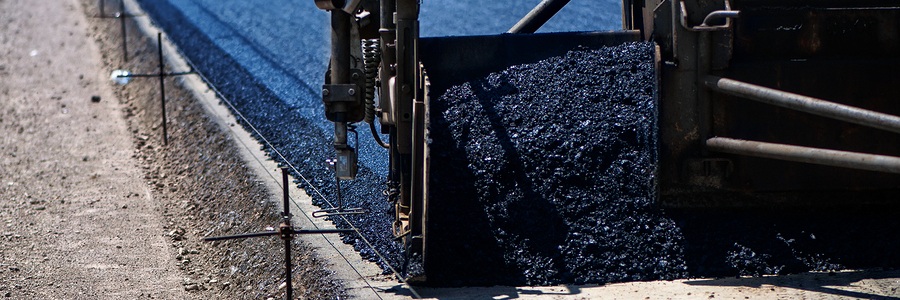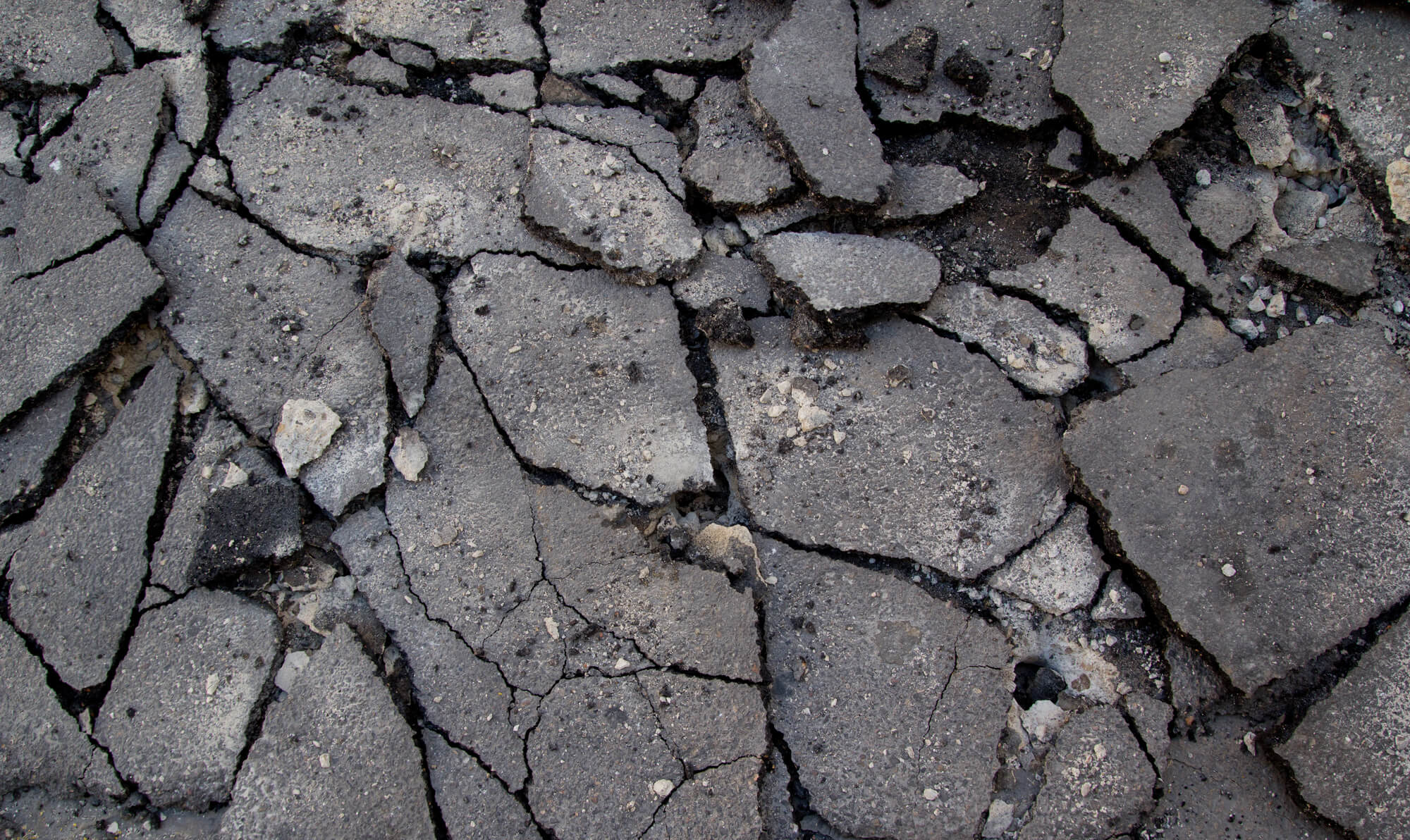All about A1 Professional Asphalt & Sealing Llc
All about A1 Professional Asphalt & Sealing Llc
Blog Article
Getting The A1 Professional Asphalt & Sealing Llc To Work
Table of ContentsA1 Professional Asphalt & Sealing Llc - An OverviewThe Main Principles Of A1 Professional Asphalt & Sealing Llc Not known Facts About A1 Professional Asphalt & Sealing Llc6 Simple Techniques For A1 Professional Asphalt & Sealing LlcSome Known Details About A1 Professional Asphalt & Sealing Llc

The oil in a vehicle engine is not simply oil. It has a variety of additives to boost the car's efficiency. These consist of polymers, thickness modifiers, warm stabilizers, additional lubricating substances, and put on ingredients. The REOB contains all the ingredients that were in the waste oil along with the wear steels from the engine (primarily iron and copper).
However, by making many blends utilizing various REOB samples and various asphalt binders, the variations mostly can be balanced out. Several States provided samples of recognized REOB composition to TFHRC scientists, who evaluated the examples to compare the percent of included (recognized) REOB to the located (tested) amount. The analyses revealed an equivalent portion of added and found REOB.
Getting My A1 Professional Asphalt & Sealing Llc To Work
None of those States recognized that the asphalt they were buying consisted of REOB. One State urged its examples had no REOB - https://tan-clementine-c1e.notion.site/A1-Professional-Asphalt-Sealing-LLC-Your-Partner-in-Asphalt-Excellence-008846ab43034802b3108685780f7505.
Of the 1,532 samples evaluated, 12 percent consisted of REOB, and some had substantially high levels of it at 1020 percent. The highest degree was 34 percent in a sample from Texas, which TxDOT had actually used in a patching substance. This testing likewise exposed the existence of phosphoric acid in 11 percent of the samples, and 2 percent included ground tire rubber.
2 years back at TRB's yearly conference, the Federal scientists held an REOB workshop and presented the searchings for of their lab assessments to a standing room-only group. Although some firms do not particularly prohibit REOB, they do impose physical tests that avert its useeffectively a ban. asphalt sealcoating in st louis. Others do not ban it by requirements, but have contracts with asphalt vendors to prevent using REOB
Rumored Buzz on A1 Professional Asphalt & Sealing Llc
A handful do enable REOB, some within specific limitations. For example, Ohio and Texas restriction degrees to much less than 5 percent of the asphalt. To develop a trustworthy examination technique that all States can use, the TFHRC scientists established up a round-robin examination plan. The participants are 11 State freeway agencies (Illinois, Massachusetts, Minnesota, Mississippi, Montana, North Carolina, Oklahoma, South Carolina, Texas, Vermont, and Wyoming), 2 independent screening labs, the Ministry of Transportation in Ontario, Queen's University in Ontario, and an Ontario paving contractor.
The individuals are examining the samples independently making use of the standards offered by the TFHRC researchers. The result will certainly be a suggested AASHTO test technique that any State can adopt and make use of.
The sidewalk with REOB, which lies 0.6 mile (1 kilometer) from the sidewalk without REOB, has identical subgrade, web traffic thickness, and environment. However, the sector of Highway655 with 5 to 10 percent REOB showed significant splitting. In this instance, the visibility of REOB was the identified reason of splitting at a low temperatures.
"In our experience in copyright, even tiny quantities of 23 percent can be a problem." Similarly, a section of test pavement in Minnesota (MN1-4) discovered to include REOB also cracked too soon. The sidewalk done well for the first 3 to 4 years, but then began to fracture. This pavement is likewise based on reduced temperatures.
How A1 Professional Asphalt & Sealing Llc can Save You Time, Stress, and Money.
The examinations were not considerable, however they revealed that at levels of 6 percent or even more, the tensile toughness of the asphalt went down considerably. At a level of 3.5 percent REOB, go to this web-site the variant in the physical examination approaches was above the effect of REOB. In truth, it was difficult for scientists to examine whether REOB was existing.

One binder criterion taken into consideration is the difference in between the low temperature important spec temperature for rigidity (S) in the bending light beam rheometer and the flexing beam of light rheometer creep incline (m-value) noted as Tcritical. TC = TC (S) TC (m-value). Evaluation of this criterion is still continuous. 2 independent study teams, one from AASHTO and the various other from the Asphalt Institute, wrapped up that more research is needed on making use of REOB in asphalt.
Previously, all asphalt testing gauged design residential or commercial properties such as stiffness. These tests do not show what materials had actually been added to the asphalt. One example received throughout the TFHRC research study had a very odd analysis. The example had the adhering to test results: Superpave PG 64-28 with a high temperature grade of 67.3 Tcritical on the flexing beam of light rheometer was 6.7 levels Celsius.

A1 Professional Asphalt & Sealing Llc for Beginners
These outcomes demonstrate there are weaknesses in the standard engineering testing methods that may be exploited. The producer might have an economic benefit and the product passes all the standardized tests, yet the item may not be beneficial to making sure long-lasting efficiency. To address this issue and the expansion of new asphalt additives and extenders, TFHRC is starting a research study program to utilize handheld spectroscopic devices, x-ray fluorescence spectroscopy, and Fourier transform infrared spectroscopy to make it possible for analyses to be done in the field as opposed to having to take examples back to the lab.
Report this page